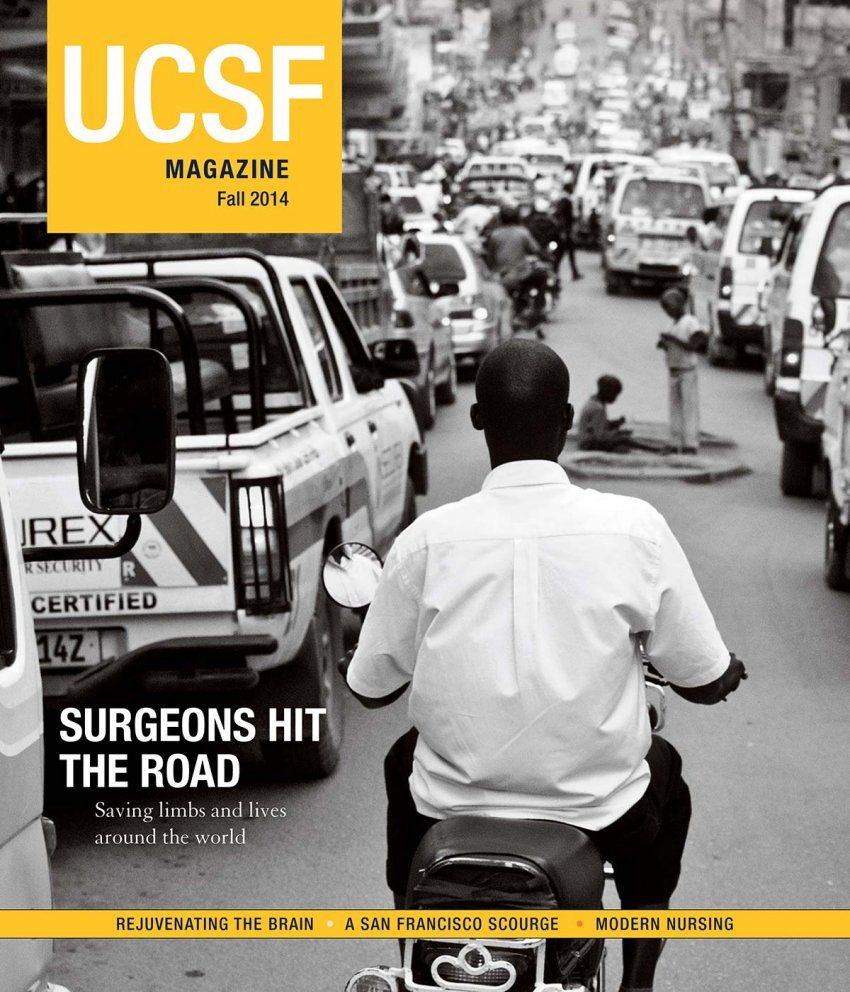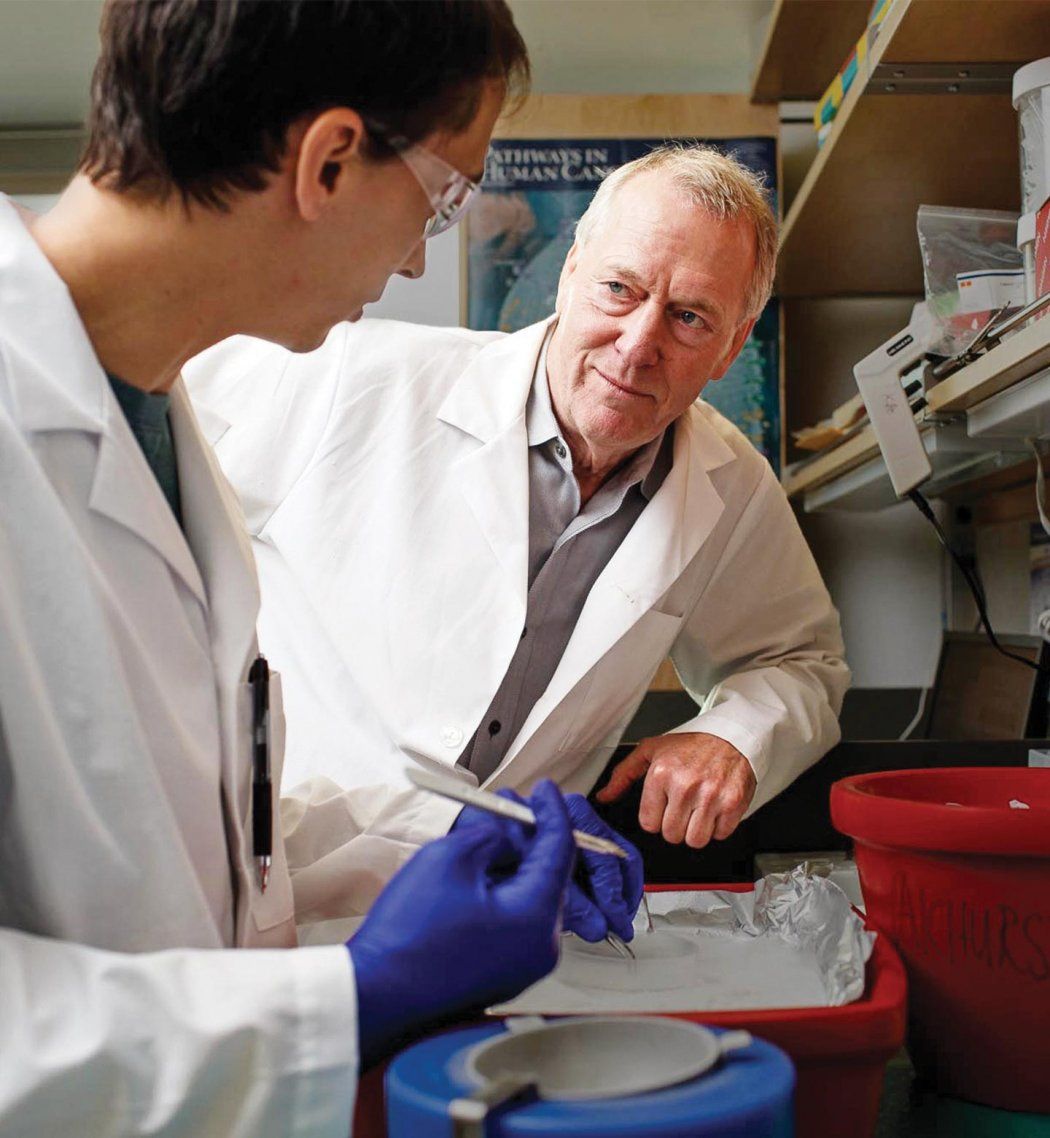
Two major factors determine whether you get cancer – your genes and what you have been exposed to in the environment, says Allan Balmain, PhD, co-leader of UCSF’s Cancer Genetics Program. Balmain walks us through his lab, where he and his colleagues are untangling the relationship between the two factors.
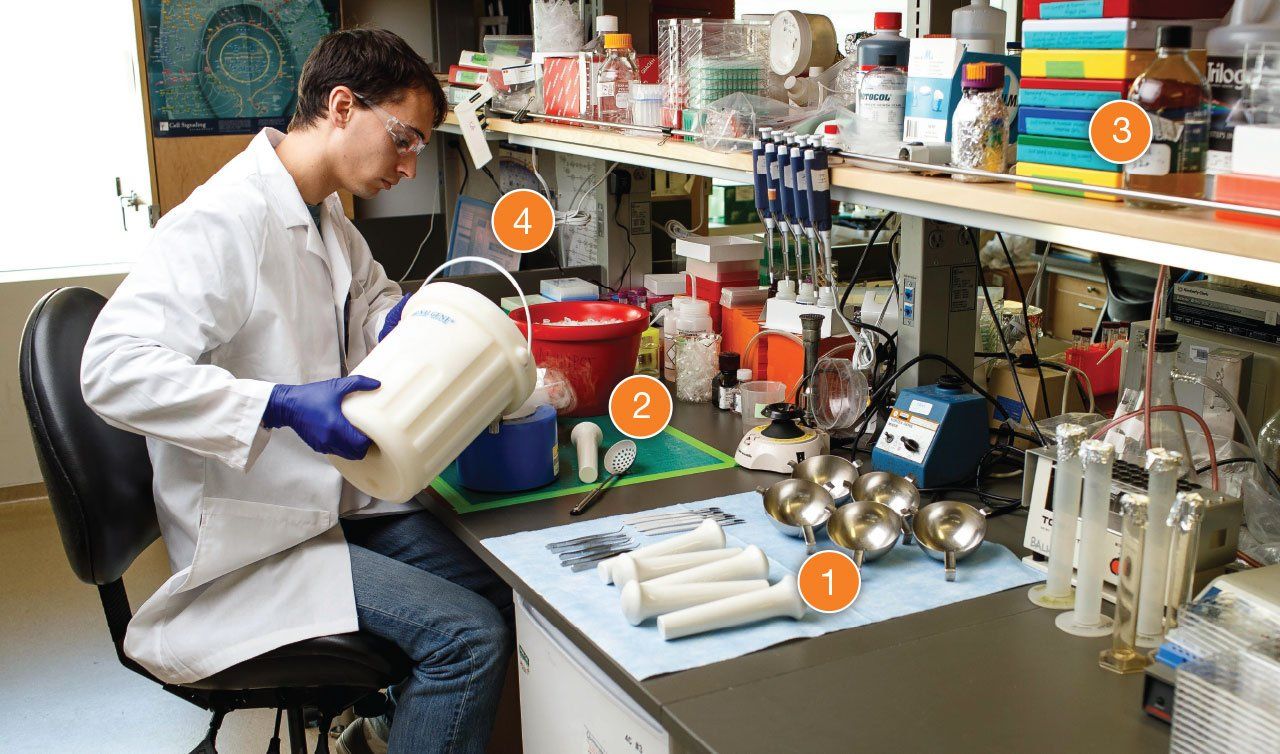
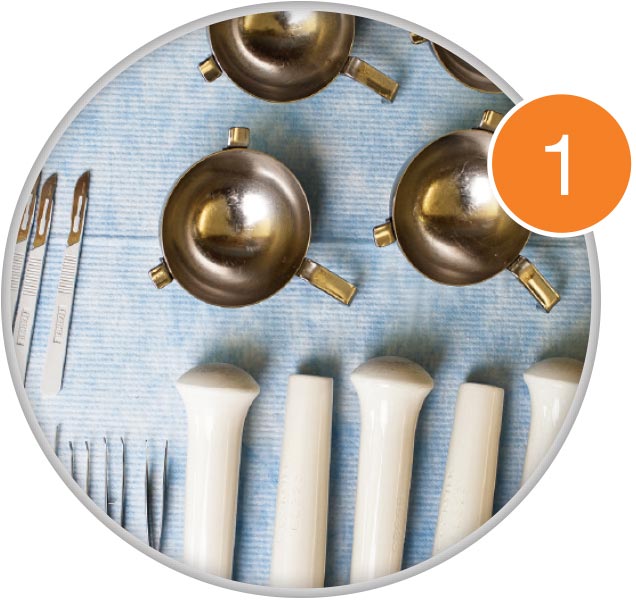
“Right now, my lab is studying how chemicals in the environment or radiation can cause cancer by mutating the genome in different ways. My graduate student Kyle Halliwill [pictured] is working with postdoctoral fellow Cassandra Adams, PhD, on a project with NASA to determine how long-term exposure to heavy-ion radiation causes different cancer types. We grind up frozen tumors using a mortar and pestle and add a special solution to release the DNA for analysis.”
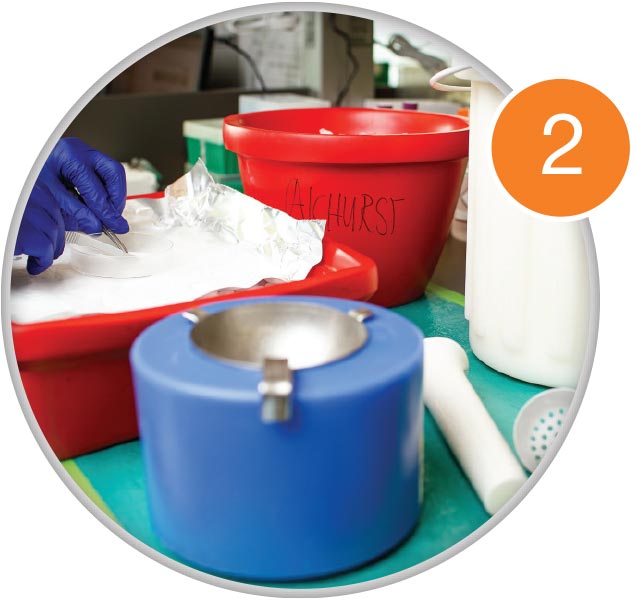
“If the tumor is exposed to room temperature, it will degrade and we won’t get a good sense of how it was operating. That’s why we quickly grind one-half of the tumor in a bucket of liquid nitrogen until it is reduced to a fine powder. We isolate the DNA and the RNA, then we send the DNA to get sequenced and the RNA for expression analysis. That tells us what’s going on inside the tumor – the genes and mutations that are in play.”
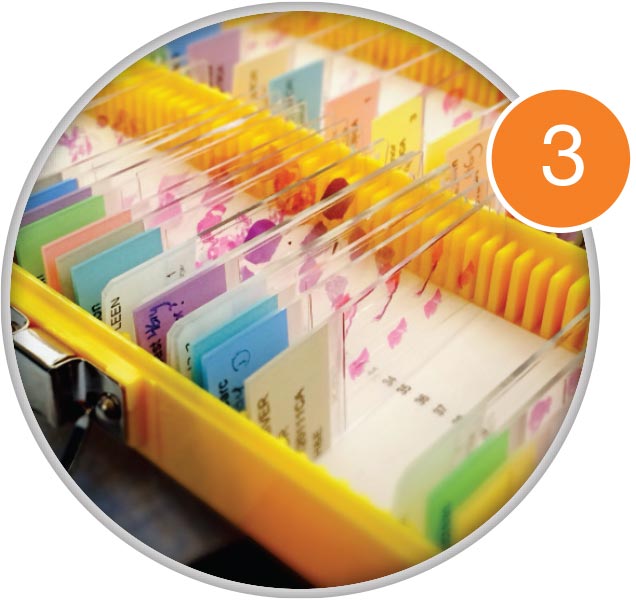
“The second half of the tumor we slice very thinly, stain, put on a slide, and send to a pathologist to analyze the tumor’s histology and pathology. These analyses tell us the gross characteristics of the tumor, its visual features, whether all of its cells have changed from normal to cancerous, and whether the tumor was actively invading, benign, or malignant.”
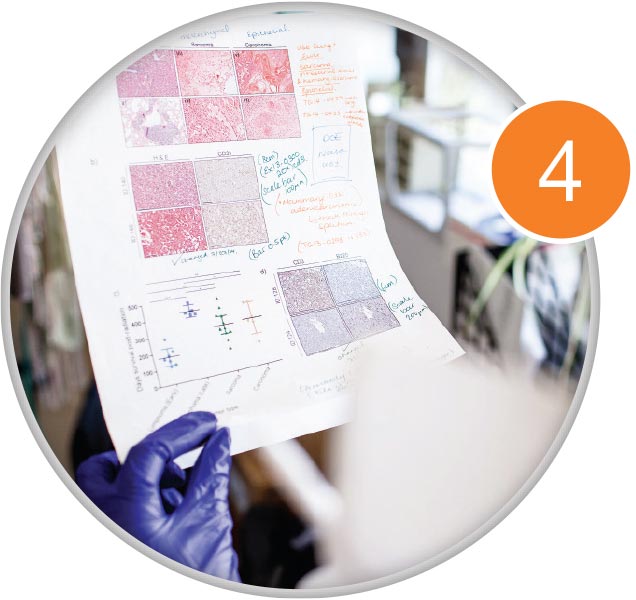
“We try to break down the genetic changes caused by the radiation and see how they correlate with the pathology. Then we can go back to the thousands of human tumors already sequenced and look for that genetic signature to assign a cause to that cancer. Right now, we know a couple dozen cancer signatures, yet we only know the cause for about three. So we have our work cut out for us.”
